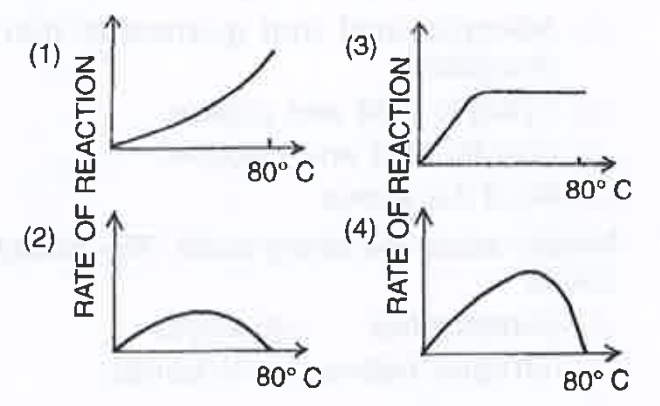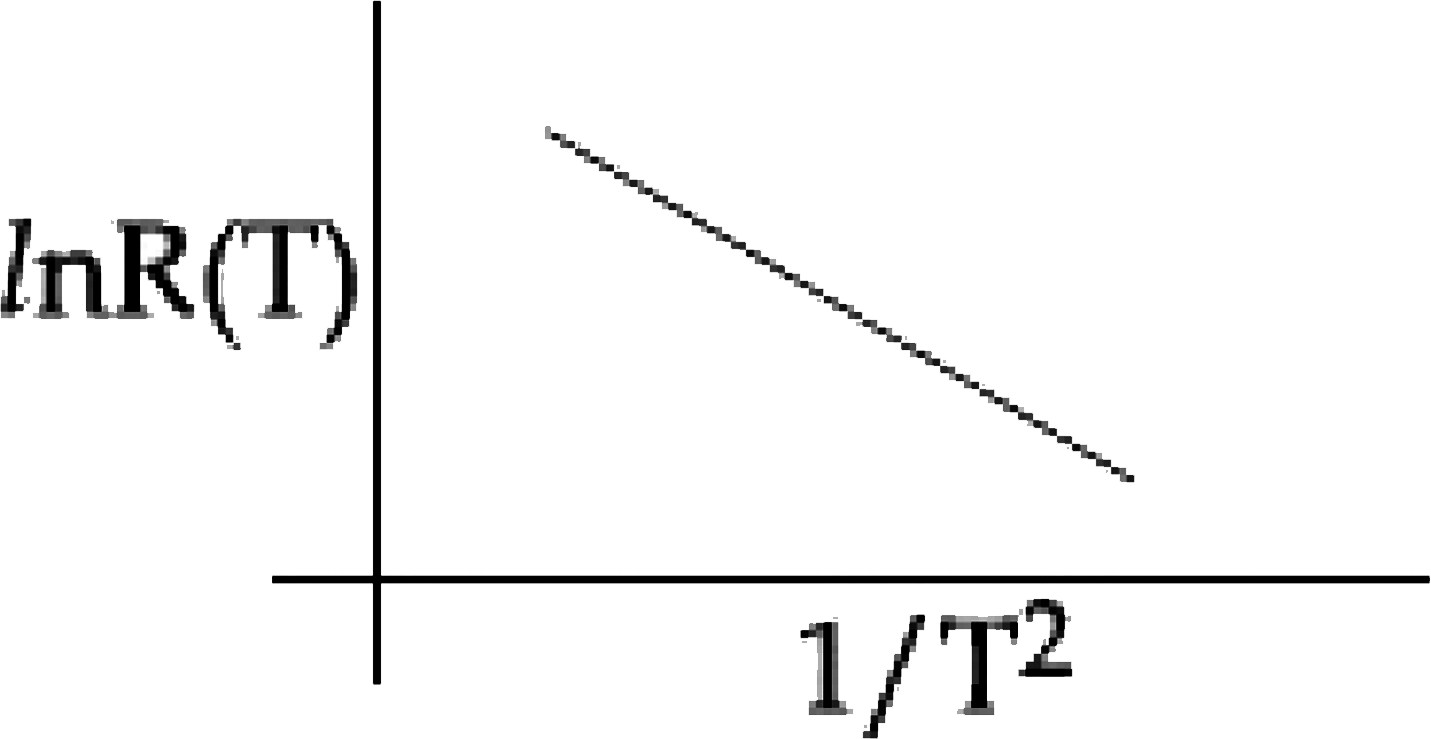Enzymes are most functional within the temperature range of
15−25∘C
20−30∘C
30∘−50∘C
50−60∘C
The correct Answer is:C
To determine the temperature range in which enzymes are most functional, we can follow these steps:
1. Understanding Enzyme Activity: Enzymes are biological catalysts that speed up chemical reactions in living organisms. Their activity is influenced by various factors, one of which is temperature.
2. Temperature and Reaction Rate: The rate of enzyme-catalyzed reactions generally increases with temperature up to a certain point. This is because higher temperatures provide more kinetic energy to the molecules involved, leading to more frequent collisions and reactions.
3. Optimal Temperature Range: However, enzymes have an optimal temperature range where they function most effectively. Beyond this range, the enzyme may denature (lose its functional shape), leading to a decrease in activity.
4. Human Body Temperature: For most enzymes in the human body, the optimal temperature range is closely related to normal human body temperature, which is approximately 37 degrees Celsius.
5. Identifying the Range: Based on the information, the ideal temperature range for enzyme activity is typically between 35 degrees Celsius and 40 degrees Celsius. This range allows for maximum enzyme activity without denaturation.
6. Conclusion: Given the options provided, the range that encompasses this optimal temperature for enzyme activity is 30 degrees Celsius to 50 degrees Celsius. Therefore, the correct answer is option C.
Final Answer:
The enzymes are most functional within the temperature range of 30 to 50 degrees Celsius.
---
The enzymes are most functional within the temperature range of 30 to 50 degrees Celsius.
Topper's Solved these Questions
- BOOK - NCERT FINGERTPS ENGLISHCHAPTER - BIOMOLECULESEXERCISE - Biomolecules137videos
BIOMOLECULES
- BOOK - NCERT FINGERTPS ENGLISHCHAPTER - BIOLOGICAL CLASSIFICATIONEXERCISE - Biological Classification132videos
BIOLOGICAL CLASSIFICATION
- BOOK - NCERT FINGERTPS ENGLISHCHAPTER - BODY FLUIDS AND CIRCULATIONEXERCISE - Body Fluids And Circulation151videos
BODY FLUIDS AND CIRCULATION
Similar Questions
Enzyme function is to
View SolutionEnzymes functional in a cell are
View SolutionEnzymes functional in cells are called
View SolutionIn most animals all physiological functions proceed optimally in a wide temperature range (True/False)
View SolutionWhich one of the following diagrams represents the most common relationships between temperature and enzyme activity, when the temperature is raised gradually from 0- 80∘ C?
 View Solution
View SolutionWhich of the following set is having correct statements for enzyme catalyst?
1. Each enzyme is specific for a given reaction
2. the enzyme activity is maximum at optimum pH
3. The enzymatic activity is increased in presence of certain substances called co - enzymes
4. The favourable temperature range of enzyme activity is between 50−60∘CView SolutionAssertion. Enzymes becomes inactive below minimum temperature.
Reason. The inactivity of the enzymes is due to denaturation.View SolutionEnzymes work at optimum temperature. Over a range 0−40∘C, what would happen to the rate of enzyme controlled reactions for every 10∘C rise in temperature ?
View SolutionIn an experiment, the resistance of a material is plotted as a function of temperature (in some range).As shown in the figure, it is a straight line.

One may conclude that :View SolutionAll enzymes get denatured at high temperature.
View Solution

